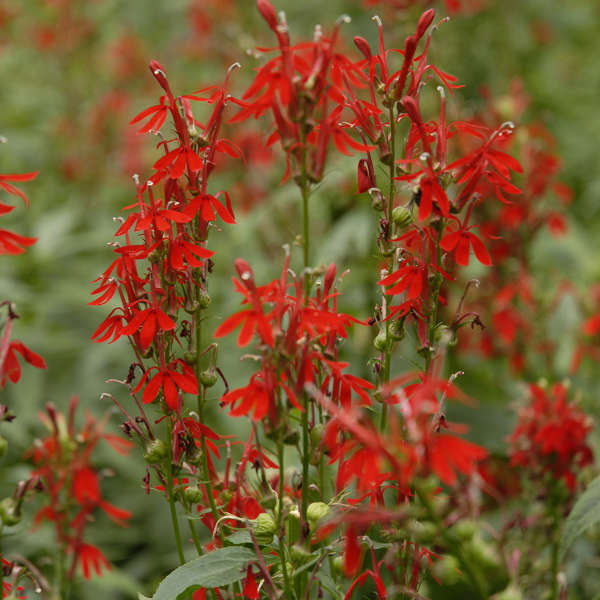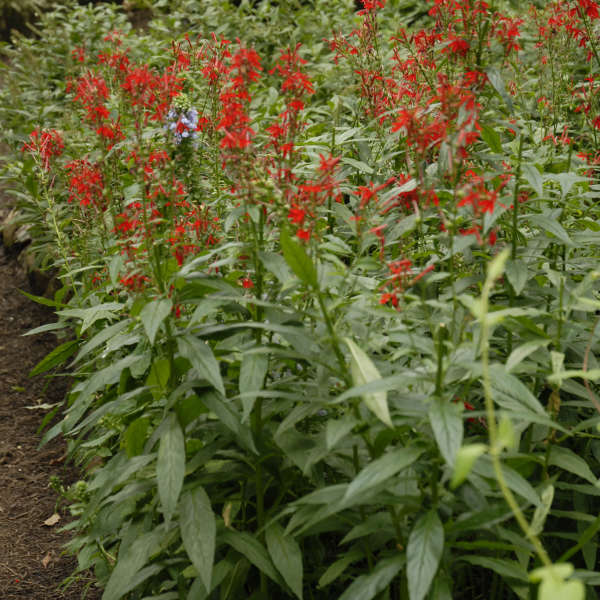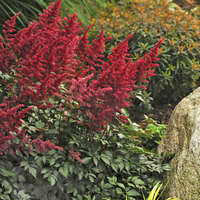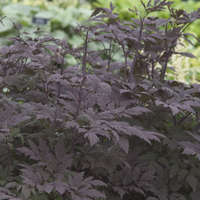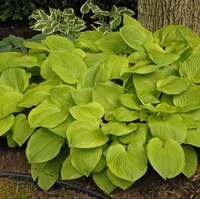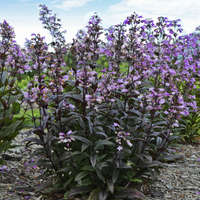Lobelia cardinalis
Common Name: Cardinal Flower, Scarlet Lobelia
Native to much of North America, naturally occurring as far north as New Brunswick, south to Florida, and west to Texas.
Brilliant fire red flower spikes stand atop distinctly upright plants from late summer through early fall. The leaves are green and lance-like. This species prefers a location in partial shade.
Lobelia is an excellent border plant for moist locations and is a hummingbird magnet. It also attracts butterflies and swallowtails.
30ct Plug Tray |
